Article Highlights
Jade, a term often shrouded in mystery and allure, refers to two distinct types of ornamental stones: nephrite and jadeite.
Nephrite, a member of the amphibole group, ranges from green to yellow, white, or black.
Jadeite, belonging to the pyroxene group, boasts a spectrum of colors including white, emerald green (known as ‘imperial’), lavender, and even rare blues.
While these names have been used historically, it’s crucial to understand that both are actually rock aggregates, not single mineral species.
The Misnomer of Nephrite and Jadeite
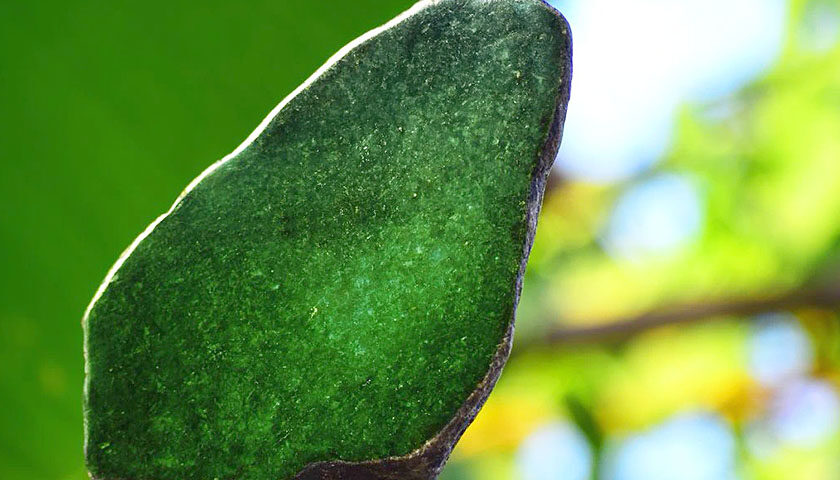
The International Mineralogical Association, recognizing this distinction, deprecated “nephrite” as a mineral species in 1978, suggesting the term more accurately refers to a rock type.
Conversely, “jadeite” remains a legitimate mineral species but should not denote the pyroxene jade rock. In China, jadeite is traditionally known as fei cui, a term predating its scientific naming in 1863.
Jade Across Cultures
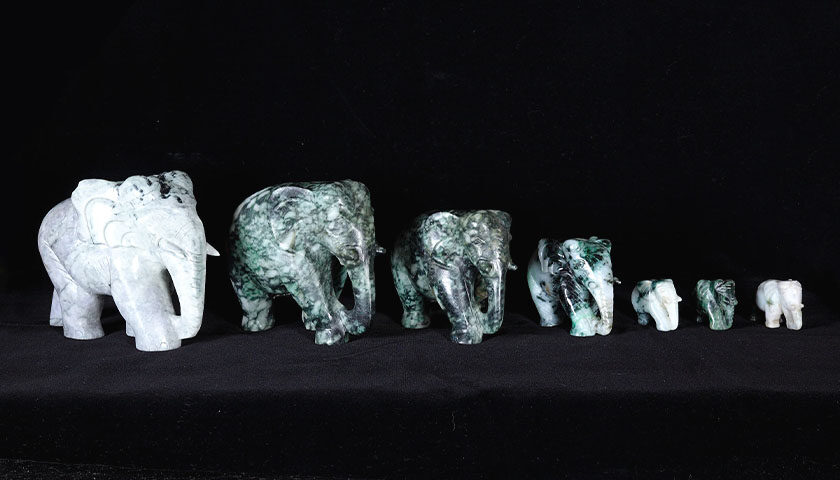
Jade’s significance spans across continents, from its revered status in East Asian, South Asian, and Southeast Asian art to its symbolic importance in Mesoamerican cultures like the Olmecs and the Maya. It symbolized rarity and value, deeply embedded in various cultural rituals and ideologies.
Etymology of Jade
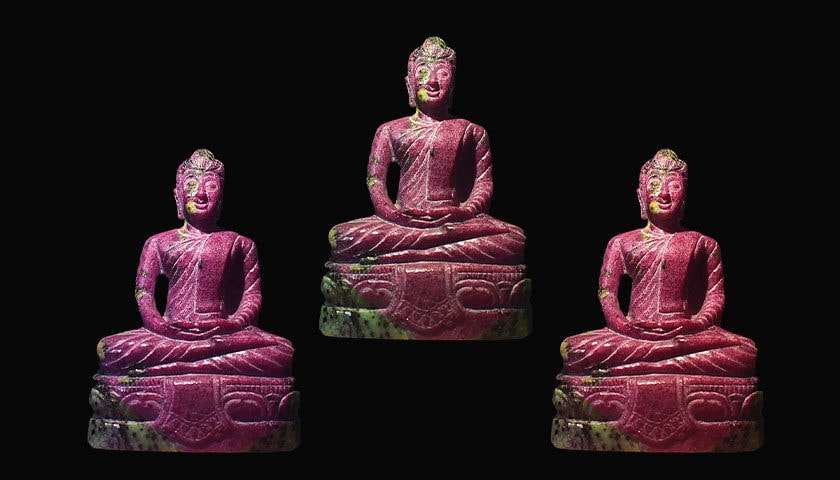
The term “jade” itself has a fascinating origin, tracing back to Spanish “piedra de ijada” (loin stone), referencing its believed healing powers for kidney ailments. “Nephrite” comes from “lapis nephriticus,” a Latin translation of this Spanish term.
Jade in East Asia
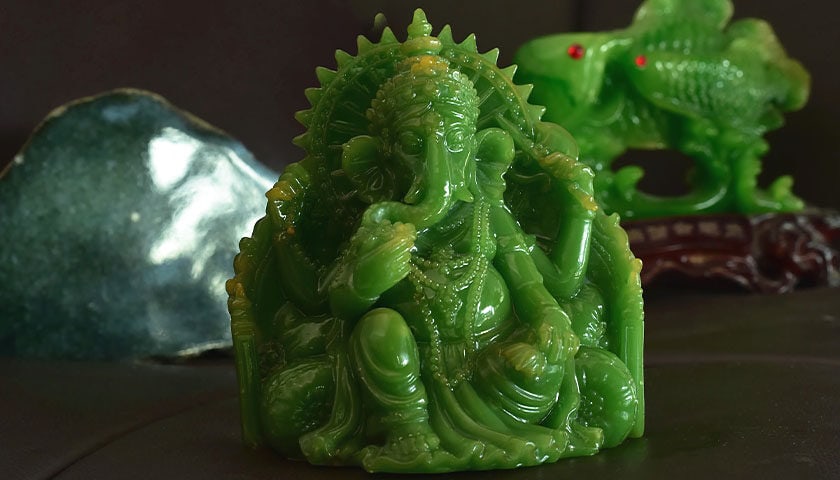
China’s Rich Jade History
From the Neolithic Liangzhu and Hongshan cultures to modern times, jade has been China’s “imperial gem.” Mined from various regions including Khotan and Lantian, jade has been used for everything from ornamental items to burial suits. Chinese scholars have particularly revered nephrite (white jade), while jadeite became a symbol of the Qing Dynasty’s aristocracy.
The Evolution of Jadeite in China
Jadeite, primarily imported from Burma, gained popularity in China after 1800. Known for its vibrant colors, it quickly became as esteemed as nephrite, especially among Qing Dynasty elites.
Jade in Japan and Korea
In Japan, jade symbolized wealth and power, with its use dating back to the Jomon period. Meanwhile, in Korea, jade was integral to the Silla and Three Kingdoms periods, often found in royal burials.
Jade’s Global Journey
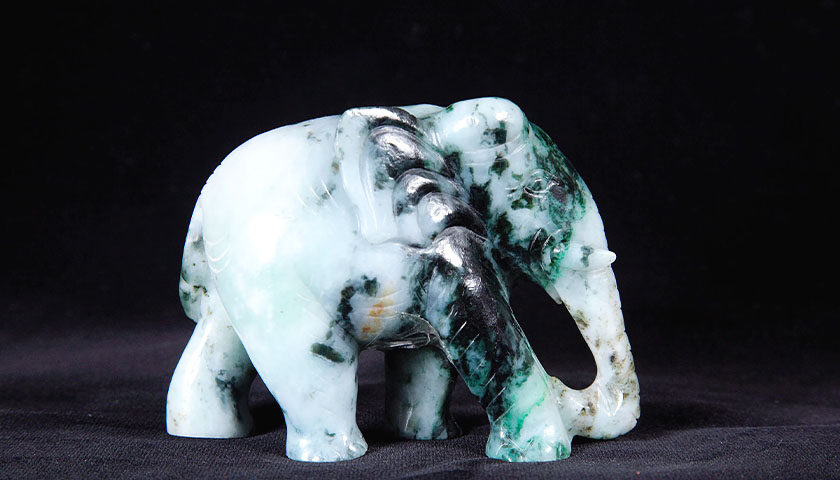
Jadeite, primarily from Myanmar, accounts for over 70% of the global supply. The “Jade Tract” in Myanmar’s Kachin State is renowned for the finest quality jadeite. In Taiwan, the Philippines, and Southeast Asia, nephrite jade was a centerpiece of a vast maritime trade network.
Māori and the Pounamu
In New Zealand, the Māori regard nephrite jade or pounamu as a treasure. It’s deeply embedded in their culture, used in tools, weapons, and ornaments, and passed down as heirlooms.
Mesoamerican Jade
In pre-Columbian Mesoamerica, jade was a rare and valued material, central to the cultures of the Olmec and Maya. Sourced from the Motagua River valley in Guatemala, it was used for various symbolic and ritualistic purposes.
Jade Around the World
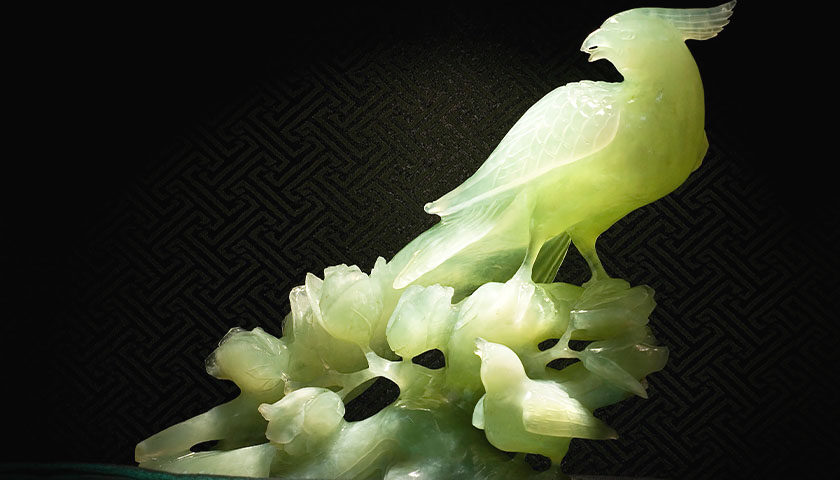
Canadian Jade
Jade mining in Canada began in the 1970s, mainly in British Columbia. The extraction process involves meticulous techniques to ensure the quality of the jade.
Russian and Siberian Jade
Russia discovered its own jade deposits in the 1860s, leading to a thriving jade culture, particularly in jewelry production.
The Sacredness of Jade in Mongolia and Siberia
In Mongolia and Siberia, jade is traditionally seen as sacred, embodying life itself in these cultures.
Understanding Jade Minerals: Nephrite and Jadeite
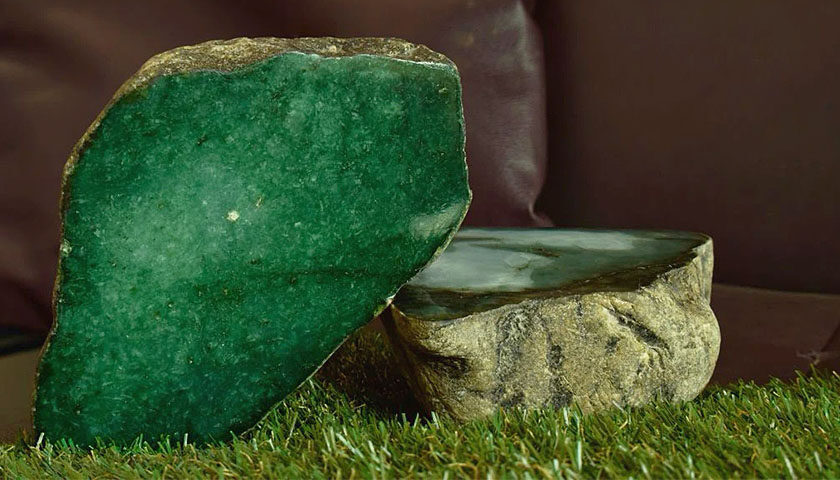
It wasn’t until 1863 that the distinction between nephrite and jadeite was clearly made.
Nephrite, composed of a fibrous matrix, ranges in color based on its iron content.
Jadeite, richer in sodium and aluminum, is known for its microcrystalline interlocking growth. Both have been used since prehistoric times for their beauty and durability.
The Rarity and Varieties of Jade
Jadeite, particularly the translucent emerald-green variety, is the most prized. Nephrite, often found in a creamy white form, also shows a variety of green hues. These stones have been cherished in various cultures for their aesthetic and symbolic values.
The Art of Enhancing Jade
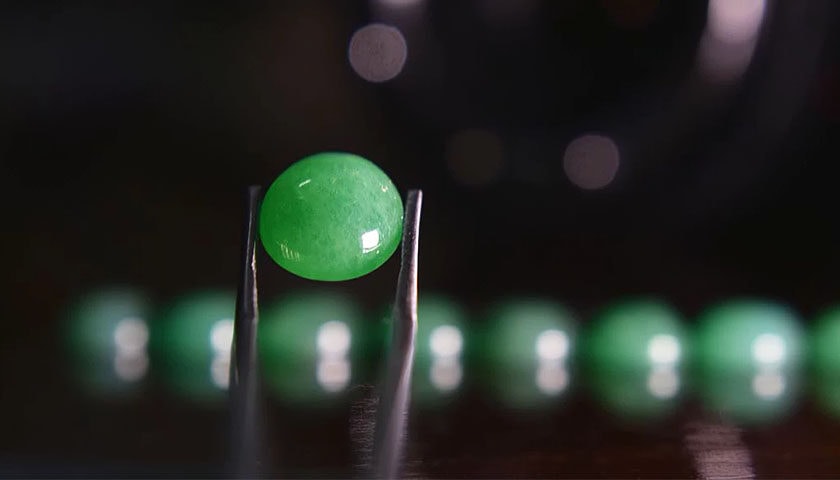
Jade can be enhanced to improve its appearance. The ABC Treatment System classifies these enhancements, ranging from untreated (Type A) to those that are stained or dyed (Type C). Understanding these treatments is crucial for jade enthusiasts and collectors.
Jade: A Gemstone of Good Luck and Healing
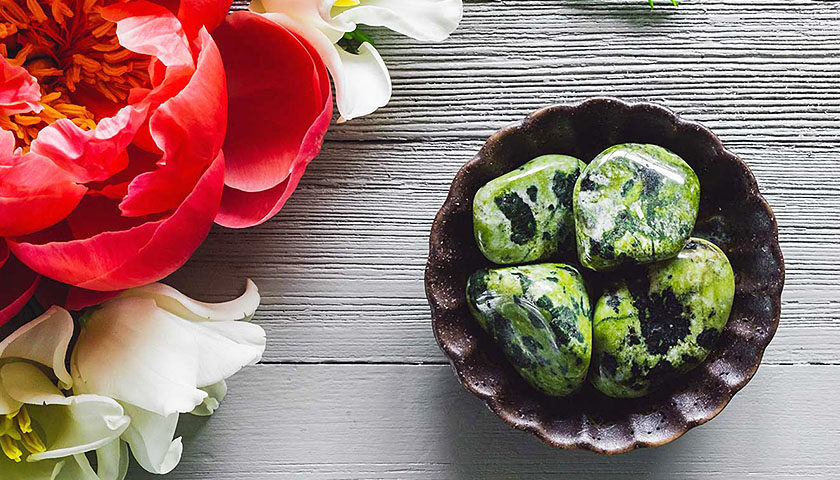
Jade stands as a beacon of good fortune and holistic healing, a gemstone that transcends the boundaries of continents and cultures. Its rich legacy, spanning thousands of years, has left a profound impact on various societies worldwide.
From the ancient tribes of New Zealand to the healing traditions of China, Jade’s journey is as colorful as its many hues.
The Cultural Tapestry of Jade
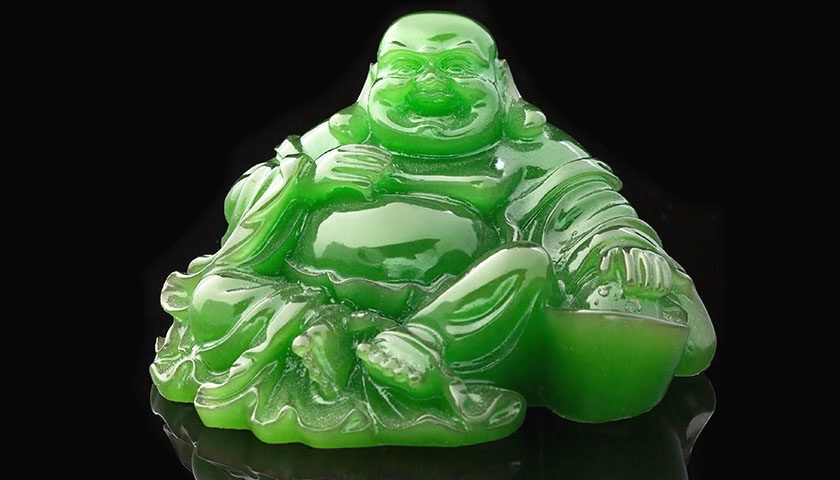
Global Connections
- New Zealand Traditions: In New Zealand, tribes revered Jade for its mystical powers, using it in masks and offerings to water spirits.
- Spanish Beliefs: Known as “Piedra de Hijada” or “Stone of the Loin,” Jade was believed to aid bladder and kidney health.
- Chinese Reverence: In China, Jade’s status is unparalleled. It adorns jewelry, statues, and even deities, symbolizing purity and spiritual connection.
The Essence of Jade: Jadeite and Nephrite
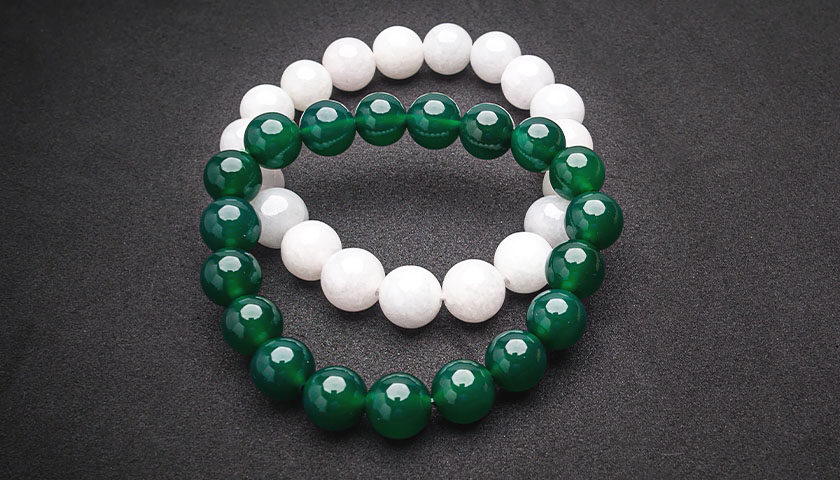
Jade manifests in two primary forms – Jadeite and Nephrite. Imperial Jade, or Jadeite, is a rarer form, known for its resin-like luster and rich green color. Nephrite, rich in calcium-magnesium, is celebrated for its spiritual illumination and nerve healing properties.
Jade as a Dream Stone
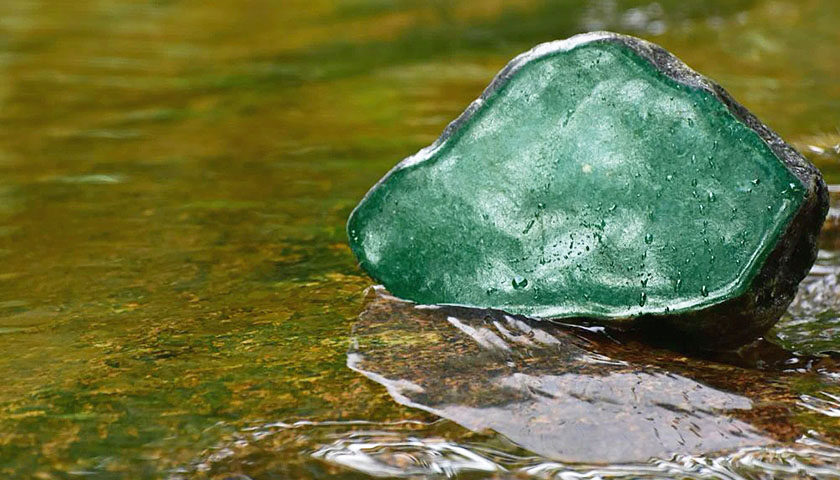
Ancient cultures regarded Jade as a “Dream Stone,” a gem of metaphysical marvels. It’s a key in emotional healing, dream interpretation, and connecting with higher realms. On a pragmatic level, it’s a symbol of abundance, peace, and well-being.
Different Shades of Jade: A Spectrum of Healing
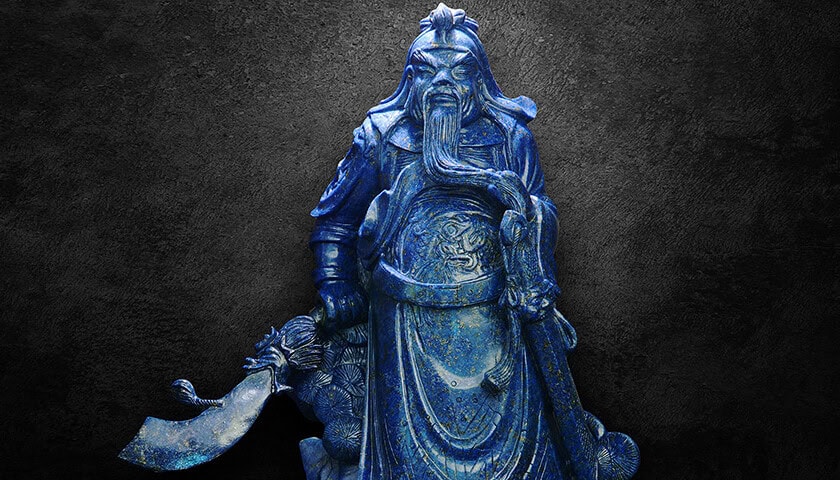
Colors of Jade
Each color of Jade, from serene blues to fiery oranges, brings its unique healing energy:
- Blue Jade: A symbol of peace and introspection.
- White Jade: Enhances focus and decision-making.
- Red Jade: Boosts energy and overcomes fears.
- Black Jade: Offers protection and grounding.
- Yellow Jade: Radiates positive energy and fortune.
- Lemurian Jade: Connects with spirituality and healing past traumas.
- Imperial Jade: Epitomizes protection and harmony.
- Orange Jade: A stone of life, love, and vibrancy.
- Pink Jade: Cleanses the aura and revitalizes the spirit.
- Brown Jade: Grounds and connects with nature’s essence.
Healing Properties of Jade: A Stone for All Facets of Life

Physical Healing Attributes
Jade’s not just a spiritual talisman; it’s a potent physical healer. Known for detoxifying organs and balancing bodily fluids, it combats infections, reduces fevers, and stimulates sexual health.
Mental and Emotional Healing

Jade is a beacon of positivity, purging negative thoughts and bolstering self-sufficiency. It fosters self-esteem, confidence, and a profound sense of self-love.
Metaphysical Properties
Deeply connected to the heart chakra, Jade harmonizes our emotional landscape, nurturing love, trust, and compassion in all relationships.
Zodiac Connections
Jade’s versatile nature makes it a cherished stone for Taurus, Gemini, Libra, and Aries. Each zodiac sign finds unique comfort and strength in Jade’s embrace.
Integrating Jade into Your Life
Home and Office
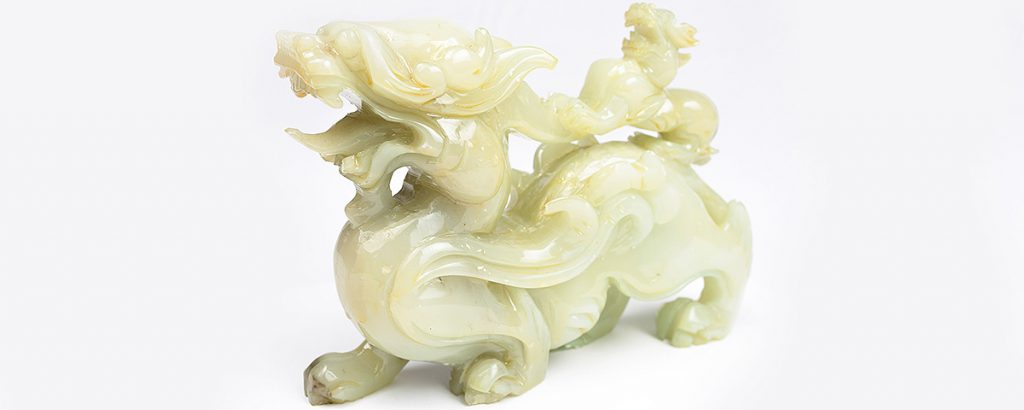
Incorporate Jade in your living spaces to attract abundance, balance, and purity. Its harmonious energy makes it a perfect addition to both home and workplace environments.
Jewelry
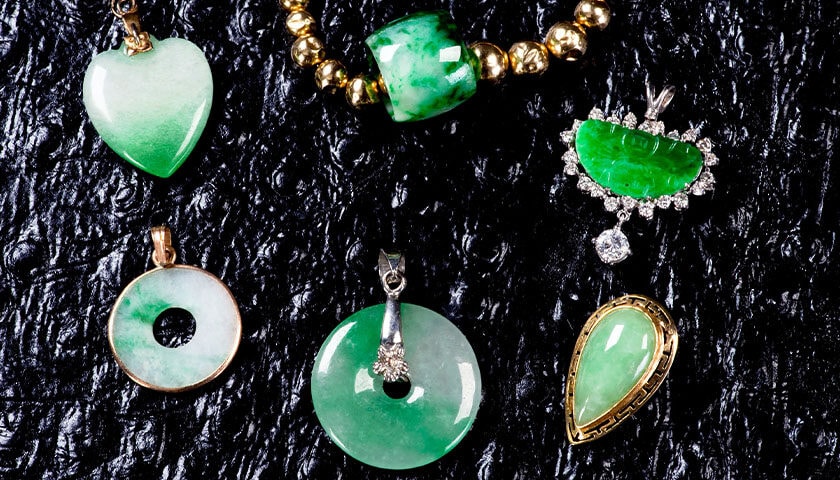
Wearing Jade jewelry keeps its healing energies close, continuously radiating its positive vibes.
Complementary Stones
Pair Jade with stones like Agate or Rose Quartz to enhance its heart chakra healing powers.
Caring for Your Jade
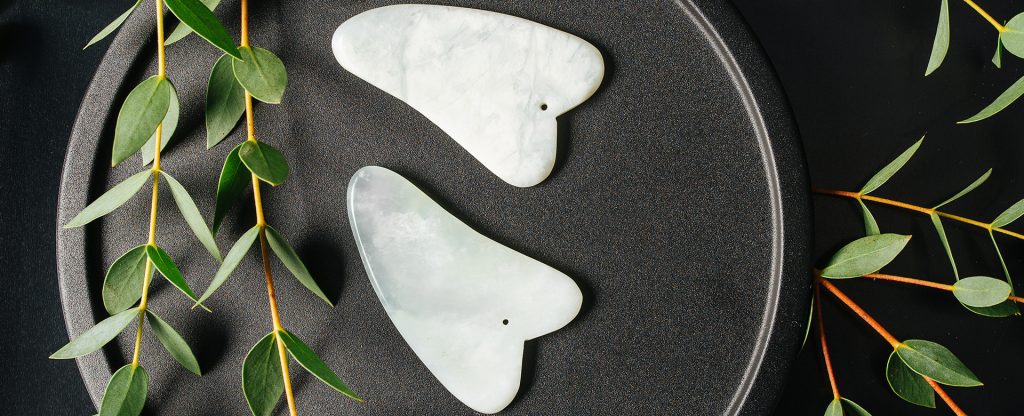
Cleansing and Charging
Regularly cleanse your Jade with warm soapy water and charge it with your intentions or spring water for renewed energy.
Conclusion
Jade, in all its splendor, is more than just a stone. It’s a guardian of well-being, a symbol of abundance, and a conduit for healing energies. Whether you’re drawn to its physical healing properties or its metaphysical prowess, Jade offers a world of benefits waiting to be explored. Embrace its magic, and let Jade guide you on a journey of healing and harmony.



